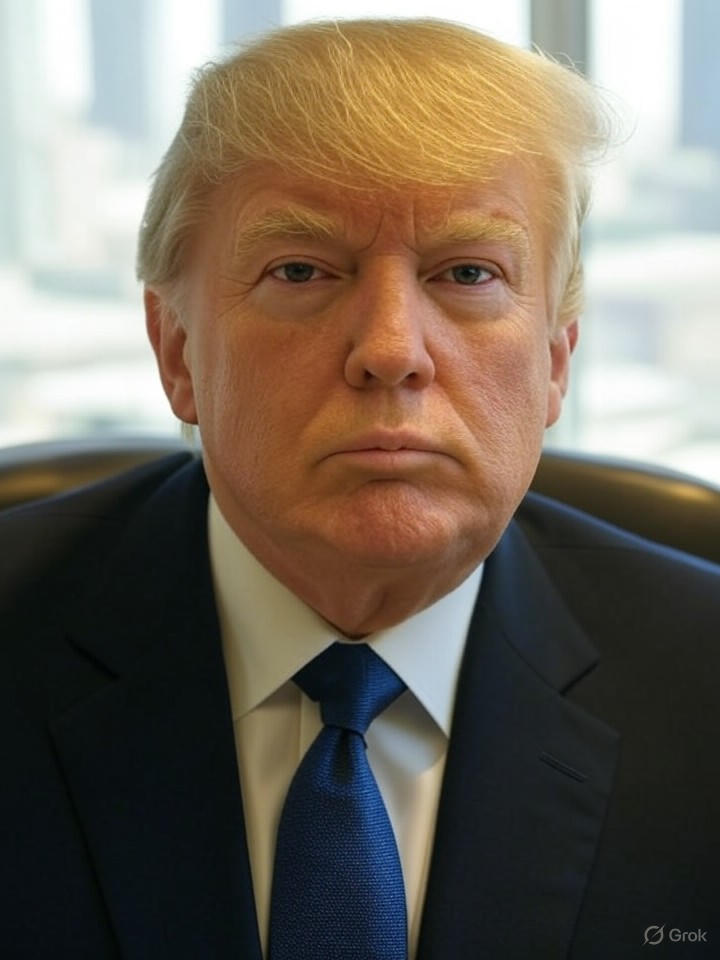In the escalating trade tensions of 2025, corporate leaders are increasingly resorting to workforce reductions as a direct response to soaring tariff costs imposed by the Trump administration. Executives across sectors report that these levies, aimed at bolstering domestic manufacturing, are instead squeezing profit margins and forcing tough decisions on staffing. For instance, toy giant Hasbro announced it would trim 3% of its global workforce—equating to about 150 jobs—explicitly citing higher tariff expenses as the culprit, according to a report from ToyNewsI.com.
This move is emblematic of a broader trend where companies are absorbing unexpected financial hits. Automaker Stellantis, for example, revealed plans to swallow $1.7 billion in tariff-related costs this year, as detailed in a recent update on Yahoo Finance. Such burdens are prompting CEOs to reevaluate operational strategies, often leading to layoffs as a means to offset rising import duties on materials and components.
Tariffs Trigger Recession Fears Among Executives
A flash survey conducted by CNBC in April 2025 captured the pessimism permeating boardrooms, with many CEOs predicting a “Trump recession” fueled by these policies. Respondents anticipated not only price hikes passed on to consumers but also significant job losses as firms grapple with diminished competitiveness in global markets.
The ripple effects are evident in various industries. Posts on X from financial analysts, such as those highlighting Bank of America’s projection of a 10% cut to S&P 500 earnings due to U.S.-China tariffs, underscore the macroeconomic strain. These social media insights reflect a consensus that retaliatory measures from trading partners like the EU and Canada could exacerbate the damage, potentially slashing exports and further pressuring employment.
Strategic Shifts and Cost-Cutting Measures
To navigate this environment, business leaders are turning to advisory resources for guidance. A comprehensive report from McKinsey outlines historical tariff impacts and recommends responses like supply chain diversification or reshoring production. Yet, these adaptations come at a steep price, often necessitating immediate austerity, including reductions in employee benefits.
According to Employee Benefit News in May 2025, a historic dip in CEO confidence has led to plans for trimming benefit budgets and slowing hiring. This cost-control focus is particularly acute in sectors reliant on imported goods, where tariffs have inflated expenses without corresponding revenue gains.
Economic Projections and Industry-Specific Impacts
Broader data paints a grim picture: A Forbes analysis from late July notes that 2025 job cuts have already exceeded the entirety of 2024’s figures, with tariffs identified as a primary driver alongside AI disruptions. Nearly 300,000 government jobs alone have been axed, but private sector layoffs are mounting, especially in manufacturing and retail.
X users, including economic commentators, have pointed to Yale Budget Lab estimates of an additional $2,400 annual cost per U.S. household from these tariffs, fueling debates on their net economic harm. While proponents argue for long-term reshoring benefits—such as eliminating trade deficits and boosting domestic jobs—critics warn of immediate GDP contractions, with projections from the Tax Foundation suggesting a 0.2% reduction this year.
Dealmaking Amid Uncertainty
Despite the turmoil, some CEOs are pursuing mergers and acquisitions to build resilience. An EY Global report from May emphasizes that while trade volatility delays investments, the drive for competitive edge persists, with firms mitigating risks through strategic deals.
However, the human cost remains stark. As one X post from a policy analyst noted, manufacturing jobs fell by 14,000 last quarter despite tariff intentions, highlighting the policy’s unintended consequences. For industry insiders, the key takeaway is clear: adapting to this tariff-driven reality demands not just financial acumen but also a willingness to make painful workforce adjustments to safeguard long-term viability.
Looking Ahead: Balancing Protectionism and Growth
As 2025 progresses, the interplay between tariffs and employment will likely intensify scrutiny on the administration’s trade agenda. Companies like General Motors, facing higher costs, are reporting operational strains that could lead to more cuts, per discussions on X.
Ultimately, while tariffs aim at economic sovereignty—as echoed in pro-policy posts advocating for allied investments in AI and semiconductors—the short-term fallout includes widespread job losses. Executives must now chart a course that minimizes damage while positioning for potential recovery, drawing on lessons from past trade wars to inform future strategies.




 WebProNews is an iEntry Publication
WebProNews is an iEntry Publication